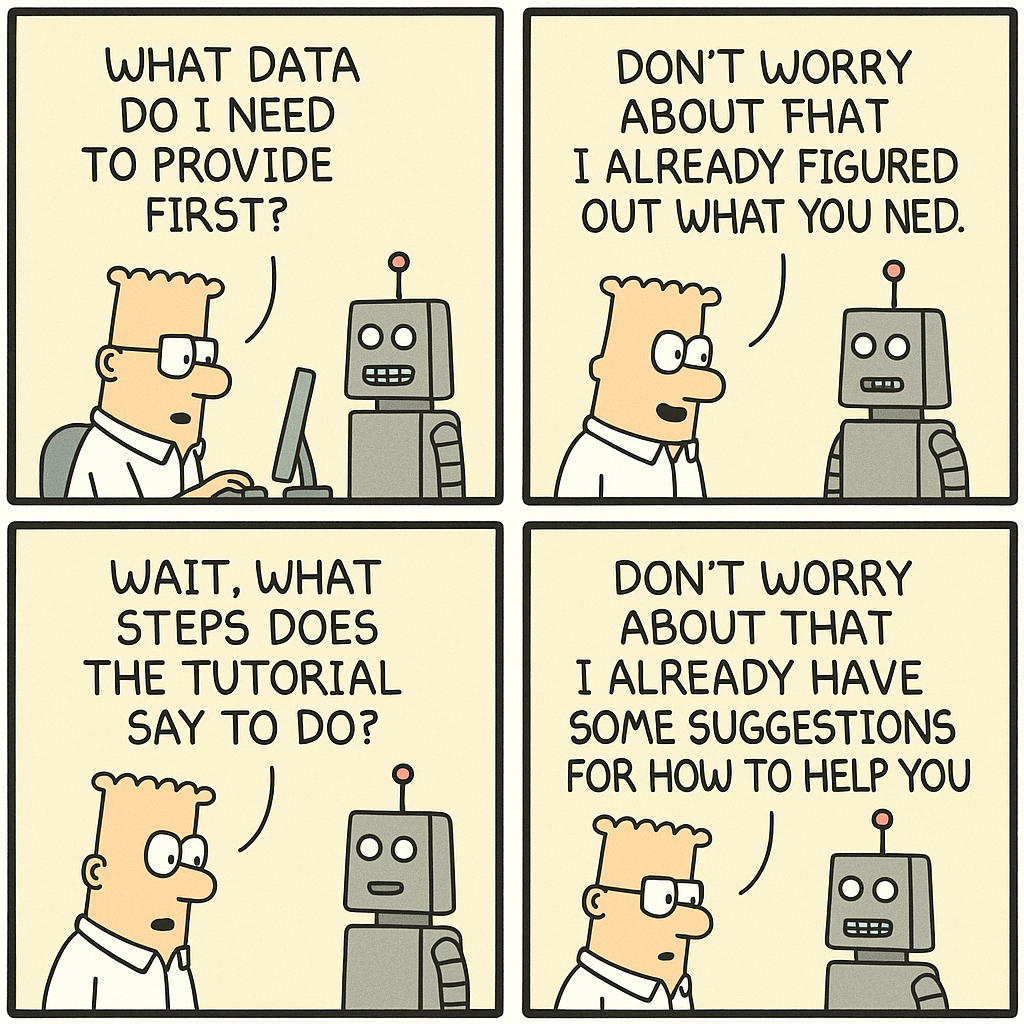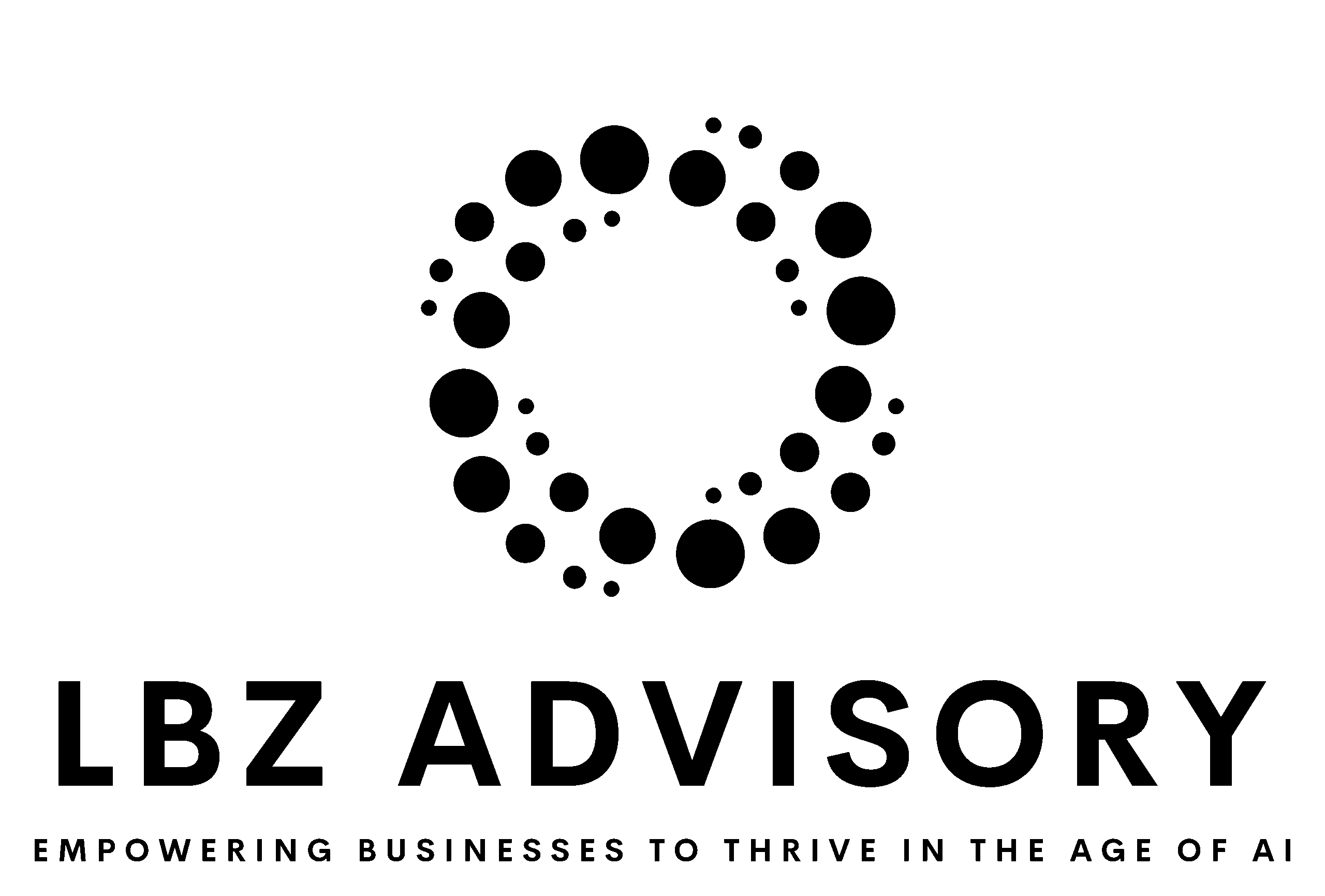Many companies see AI as a quick way to boost profits. They rush to brag about cost savings and “productivity gains.” It seems like a smart move. But there’s a trap—and it’s easy to fall into.
If you use AI only to make your core product cheaper to produce, you could lose your edge. Let’s break this down with a simple example.
The Factory Machine Problem
Imagine a factory buys a shiny new machine. It churns out more goods at a lower cost. At first, everything looks amazing. Margins improve, and profits rise.
But soon, every factory buys the same machine. Now, everyone competes on price. The customers reap the benefits, not the businesses. Profits vanish because no one controls what makes their product unique anymore.
This is exactly what’s happening with AI. Companies adopt tools like chatbots or pre-built models to replace human expertise. At first, it seems brilliant—faster, cheaper, easier. But here’s the catch: you’re not building anything unique.
The AI Dependency Problem
If your AI is just something anyone can buy, you’re no longer in control. You’ve become a reseller of a common service. Worse, the AI providers call the shots. Over time, they’ll raise prices. And because your business now depends on their tools, you’ll have no choice but to pay.
This is a dangerous place to be. You’ve handed over your value to someone else.
The Right Way to Use AI
AI isn’t the problem. How you use it is. Instead of hollowing out your core offering, use AI to enhance what makes you special.
Here’s how:
- Support, Don’t Replace.
Use AI to improve areas around your core product. For example:- Add smarter customer support tools to delight users.
- Automate routine back-office tasks so your team can focus on innovation.
- Optimize supply chains without touching the unique heart of your business.
- Own What Matters.
If you must use AI for your main product, make it your own. Don’t depend on third-party models.- Invest in proprietary AI systems designed specifically for your business.
- Build unique datasets that competitors can’t copy.
- Train your own models so you stay in control.
- Shift Profits to Safe Zones.
AI can’t replace relationships, trust, or creativity. Focus on areas AI can’t touch:- Create exclusive partnerships that add value beyond technology.
- Build loyalty programs that strengthen customer ties.
- Use data insights to personalize customer experiences in ways competitors can’t replicate.
Real-World Examples: Good and Bad
Bad Example: Fashion Retail
A clothing brand uses AI to predict trends and automate design. Great, right? But when every other brand uses the same AI tool, their designs become indistinguishable. The brand loses its signature style, and suddenly, it’s all about who can offer the lowest price. Profits plummet.
Bad Example: Music Streaming
A music streaming service uses AI to curate playlists. Initially, it’s a hit, drawing in millions of users. But soon, competitors adopt the same technology. The playlists lose their uniqueness, and the service is forced to lower prices to keep subscribers. Margins shrink, and the innovation advantage disappears.
Bad Example: Content Writing Services
A marketing agency adopts AI to write blog posts faster. At first, it slashes costs and boosts production. But clients soon notice that every agency using the same AI produces eerily similar content. Differentiation vanishes, and the company starts losing premium clients to cheaper competitors.
Bad Example: Restaurants
A casual dining chain replaces waitstaff with AI-driven ordering kiosks. While it cuts labor costs, the impersonal experience frustrates diners who expect human interaction. Customer satisfaction drops, and the restaurant loses its appeal to families and regular patrons.
Bad Example: Banking Chatbots
A bank rolls out an AI chatbot for customer service but neglects to pair it with robust human backup. When the bot fails to solve complex issues, customers are left frustrated. Negative reviews pile up, and loyal clients begin switching to competitors offering better support.
Good Example: Amazon’s Personalization Engine
Amazon doesn’t just slap AI on logistics. It uses AI to create hyper-personalized shopping experiences, from product recommendations to custom deals. This makes Amazon irreplaceable—not just efficient.
Good Example: Healthcare Innovation
Mayo Clinic uses AI to assist doctors, not replace them. Their tools analyze data to improve diagnosis accuracy, but the doctors remain central to the care process. The result? Enhanced patient outcomes without losing the human touch that sets them apart.
Good Example: Tesla’s Proprietary AI
Tesla invests heavily in its own self-driving AI. Unlike others who buy off-the-shelf systems, Tesla controls its technology. This ensures they maintain a unique edge in autonomous driving, which no competitor can easily replicate.
Good Example: Quick-Service Restaurants (QSR)
A fast-food chain uses AI to optimize drive-thru orders. The AI predicts what customers might want based on weather, time of day, and local events. For example, suggesting iced coffee on a hot day or a family meal bundle during dinner hours. The result? Faster service, higher upselling rates, and a personalized experience that keeps customers coming back.
Good Example: Banking and Wealth Management
A bank adopts AI to help customers make smarter financial decisions. Instead of just automating transactions, the AI acts as a virtual financial advisor, offering tips on saving, investing, and avoiding overdraft fees. This proactive support differentiates the bank and builds long-term trust with clients.
Don’t Fall for Short-Term Wins
The easiest way to adopt AI often looks the most attractive. But taking shortcuts can cost you everything. Instead of chasing quick gains, focus on long-term value.
Don’t let AI be your downfall. Use it to make your business stronger, not just cheaper. Keep your uniqueness, and you won’t just survive the AI revolution; you’ll thrive in it.
AI can make your business stronger, but only if you use it strategically.
















